PRESENTATION: Mona Hatoum-Inside Out
Mona Hatoum creates discomforting, but at the same time poetic, political and challenging work that reveals the contradictions and uncertainties of our complex, confounding world. Using domestic and other familiar objects, Hatoum creates installations and sculptures that may simultaneously evoke fear and fascination, or beauty and revulsion, and that could hardly be more pertinent to our era of global migration and political uncertainty.
By Efi Michalarou
Photo: Kunsthal KAdE
Kunsthal KAdE presents “Inside Out”, a solo exhibition showcasing the work of Mona Hatoum. Spanning her entire career, the exhibition features early performances and videos from the 1980s alongside recent sculptures, installations, and works on paper. It marks the first comprehensive survey of Hatoum’s work in the Netherlands. Born in Lebanon to Palestinian exiles, Hatoum has lived in London since 1975. Her work explores themes of home, displacement, and exile, transforming global conflicts into poetic yet unsettling installations. With a minimalist aesthetic and a charged use of everyday objects, she creates artworks that are visually striking and deeply thought-provoking. In her hands, familiar items take on new meanings—kitchen utensils become ominous, a glowing red neon globe radiates tension, and fragile glass forms hang precariously in the balance. The concept of ‘home’ is central to Hatoum’s practice. She subverts the idea of home as a place of comfort and security, exposing its potential for threat and instability. By manipulating everyday objects, she reveals an underlying sense of danger within the domestic. In “Paravent” (2008), an oversized cheese grater transforms into an aggressive room divider, slicing through space. In “Home” (1999), an assemblage of kitchen utensils is electrified on a table, turning a familiar setting into a source of unease. “Remains (cabinet)” (2019) presents a charred wooden kitchen cabinet, its fragile remains barely held together by delicate wire mesh—suggesting destruction and loss. Rather than focusing on specific conflicts, Hatoum’s work speaks to the universal experiences of war, exile, and displacement—capturing the lasting psychological and physical impact of instability. Maps and globes frequently appear in Hatoum’s work, symbolizing shifting borders, geopolitical tension, and fragile global structures. In “Hot Spot” (2013), a steel cage-like globe is illuminated with red neon outlining the continents. In military jargon, a ‘hot spot’ refers to a zone of conflict or unrest. With the entire world glowing red, Hatoum suggests that no place is truly safe—perhaps also alluding to the ongoing climate crisis. In “Folder (mobile)” (2019), fragile glass continents are suspended from thin cables, shifting with the airflow. Their precarious arrangement hints at the instability of political borders and the constant threat of fracture. “Orbital III “(2018), made of bent steel reinforcement bars, forms a skeletal globe punctuated by clumps of rubble—a haunting vision of a world in perpetual collapse. This work came out of the desire to create a sculpture that looks as if it has been constructed out of the remains of destroyed buildings. It is made of bent lengths of reinforcement bars to form the skeleton of a globe punctuated by clumps of rubble suggesting a world in a permanent state of destruction. “The lumps of concrete looked to me like orbiting planets which inspired the title and gave the work a celestial direction”, recalls Hatoum. “Fossil Folly (group of 2) III” (2023) is an installation comprising fifteen old and beaten oil barrels, “Fossil Folly” was originally conceived for Sharjah Biennial 15: “Thinking Historically in the Present” and produced in Sharjah’s industrial zone. This work “Fossil Folly (group of 2) III” consists of two of the original barrels, each with plant shapes emerging out of their surface. The plants in the shape of agave, aloe vera, thistle and various succulents are cut-out from the steel sides and tops of the barrels. It is a poetic and surreal gesture that imagines plants resurfacing, like ghosts, out of their dormant fossilised state. “A Pile of Bricks” (2019) consists of a stack of terracotta bricks arranged on a low, wooden trolley. The holes in the brick remind us of windows on a large building such as an apartment or office block and it looks like a mobile architectural model of a building. Partially gouged and indented, as if the flat façade has caved in from receiving a direct hit or collapsed because of structural failure in a shoddily built block. Through these works, Hatoum challenges perceptions of stability and security, offering a poetic yet unsettling reflection on a world shaped by conflict and uncertainty. In addition to the exhibition, the artist’s work can also be seen in the Elleboogkerk*. Especially for this particular location, Hatoum created the new installation. “Web” (2025) features a large-scale constellation of delicate, transparent glass spheres, threaded through wires to create the form of a spider’s web. Suspended overhead and extending to almost the entirety of the space, the seemingly precarious web appears both captivating and ominous. “Web” can be seen as a looming net which suggests oppressive entrapment, while simultaneously being a home or place of safety. This reminds us that spiders spin their webs in order to capture and entangle their prey. For Hatoum, the web also symbolises the interconnectedness of all things. The glass spheres sparkle like dew drops on a web, paradoxically seductive yet unnerving. ‘Web’ offers a stark yet poetic reminder of the physical and psychological webs of entrapment we navigate in life. Hatoum has used the motif of the web, in varying materials, throughout her corpus, to explore themes of neglect, idleness and control.
* The Elbowkerk (formerly known as Our Lady of Heaven) is a neoclassical hall church in the Dutch city of Amersfoort, on the Langegracht. The building is 33 metres high. Dating from 1820, the Elbowkerk was destroyed by fire on 22 October 2007 and the Armando Museum it housed. Much of the collection also went up in flames. Marx and Steketee Architects were commissioned to rebuild the church and provided it with a beautiful roof with skylight.
Photo: Mona Hatoum, A Pile of Bricks, 2019. © Mona Hatoum. Photo © White Cube (Theo Christelis)
Info: Kunsthal KAdE, Eemplein 77, Amersfoort, The Netherlands, Duration: 1/2-4/5/2025, Days & Hours: Tue-Sun 10:00-17:00, www.kunsthalkade.nl/ & Elleboogkerk, Langegracht 36, Amersfoort, The Netherlands, Duration: 1/2-4/5/2025, Days & Hours: Tue-Sun 10:00-17:00
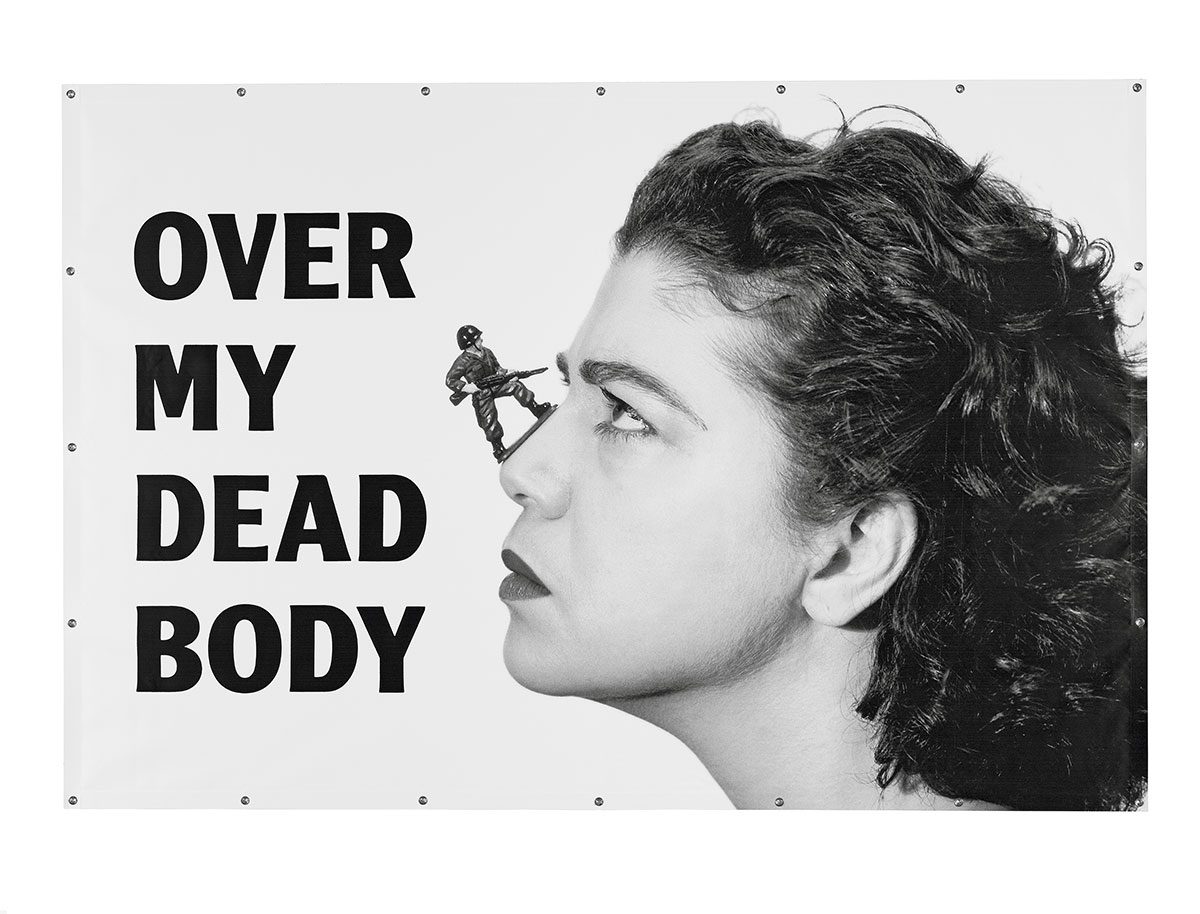
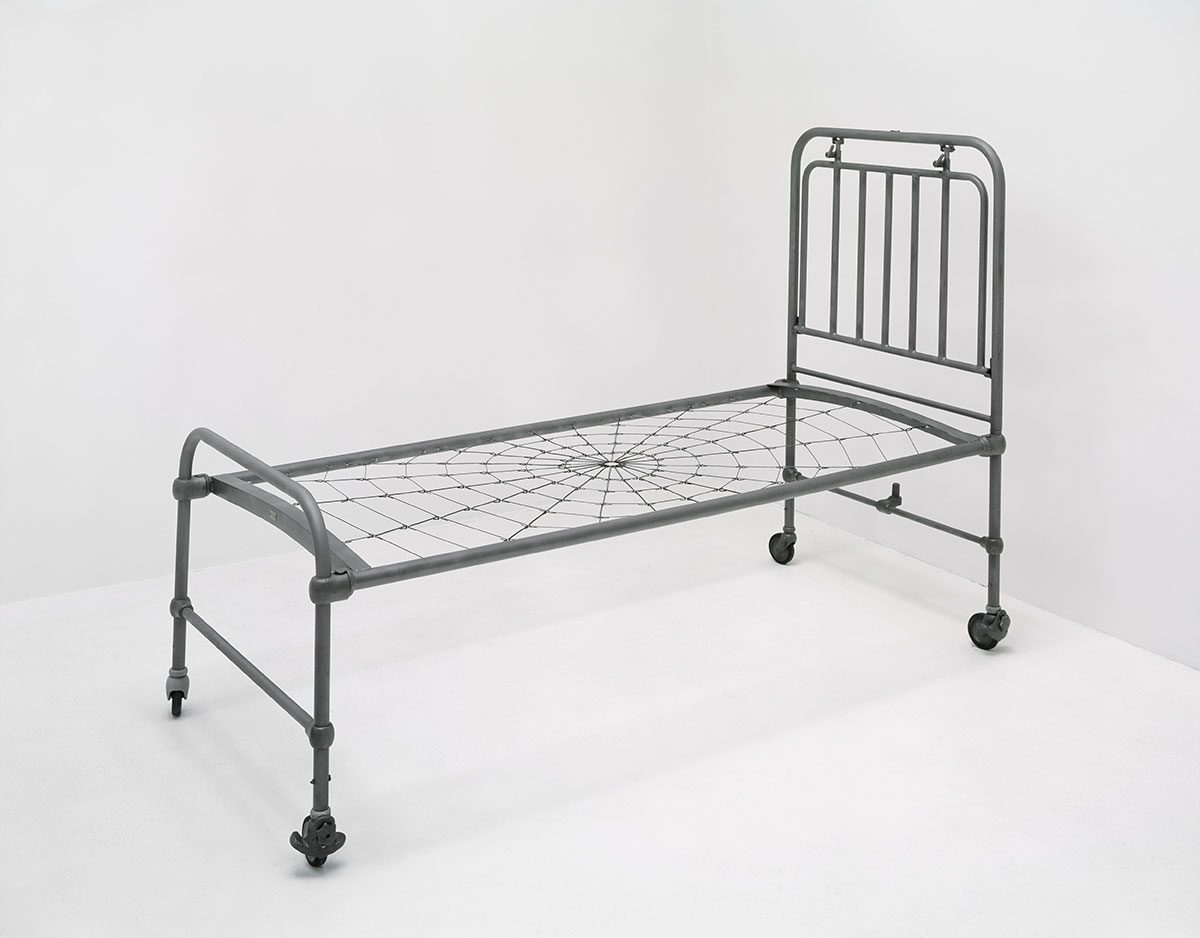

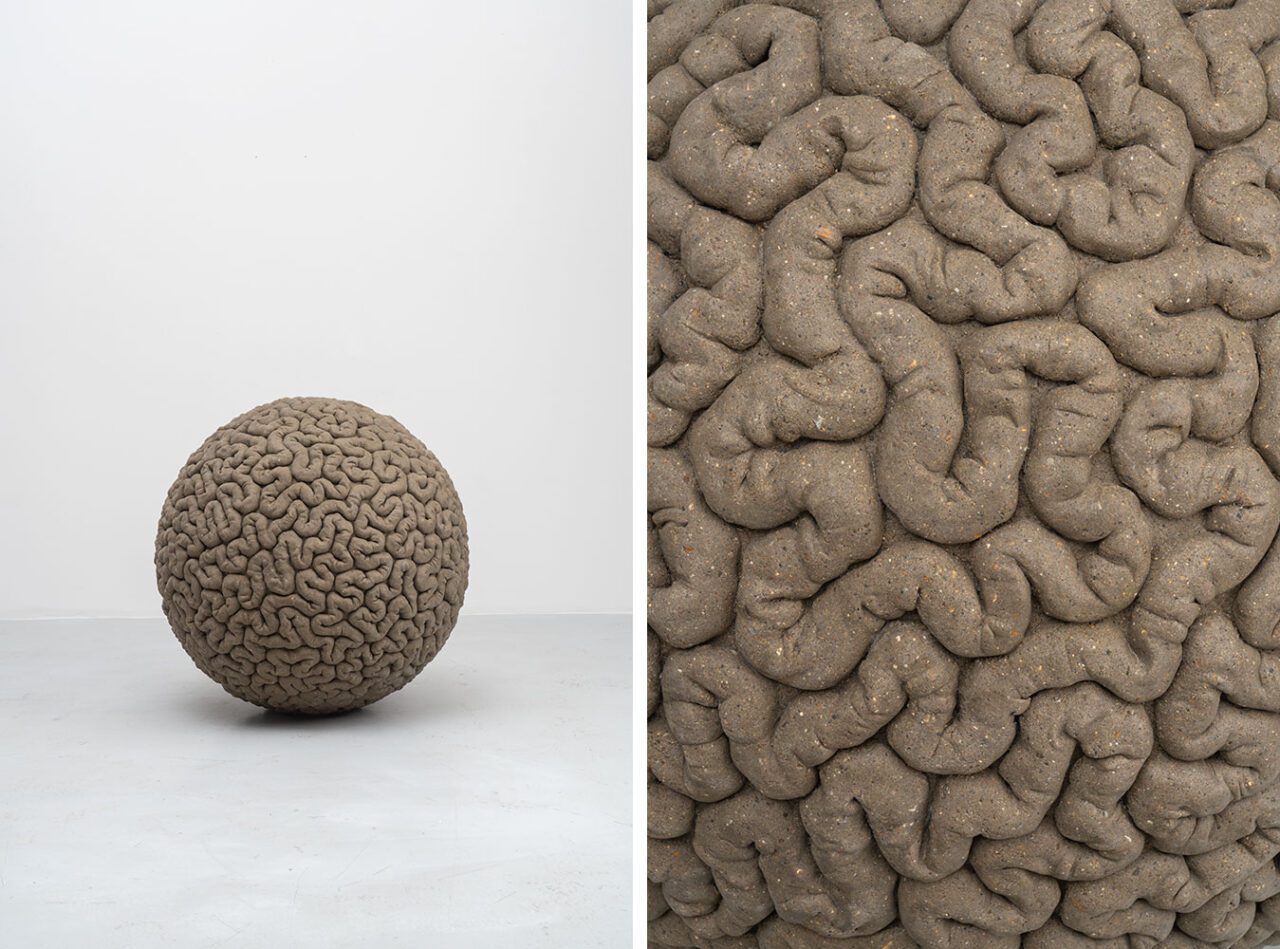
Right: Mona Hatoum Inside Out (concrete) (detail), 2019. © Mona Hatoum. Courtesy Galerie Chantal Crousel, Paris (Photo Florian Kleinefenn)
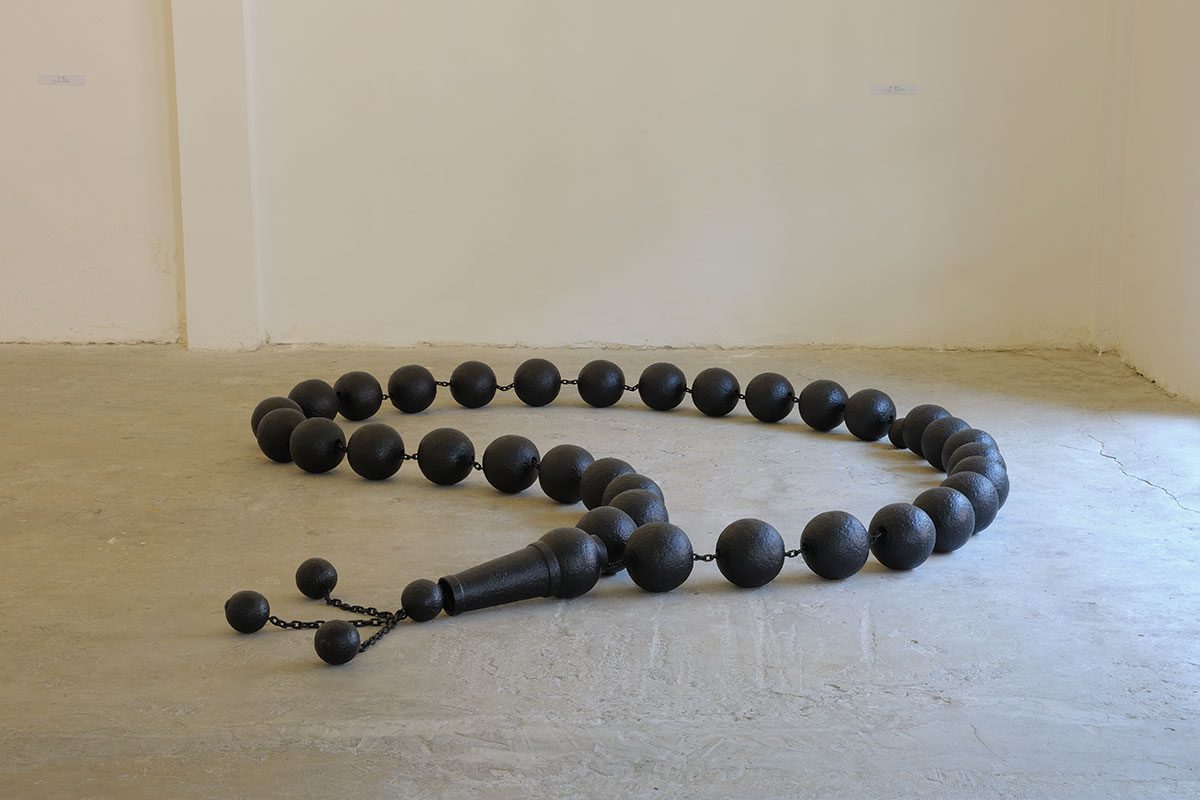
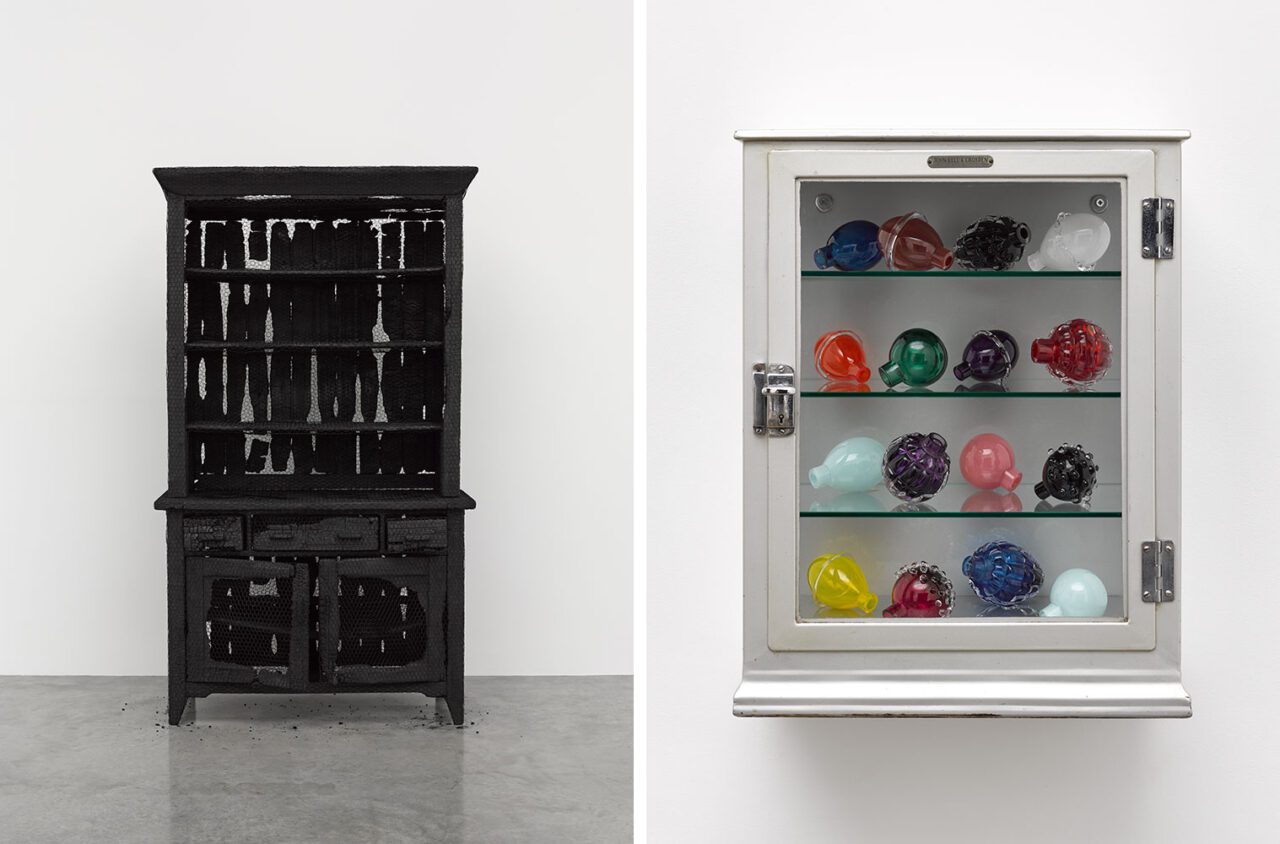
Right: Mona Hatoum, Still Life (medical cabinet) IV, 2024. © Mona Hatoum. Photo © White Cube (Theo Christelis)

Right: Mona Hatoum, Hot Spot III, 2009. ©Mona Hatoum. Courtesy the artist and MdbK Leipzig (photo dotgain.info)

